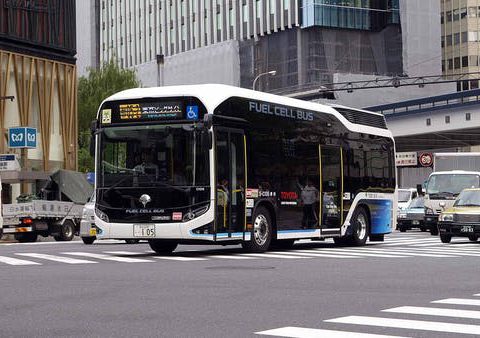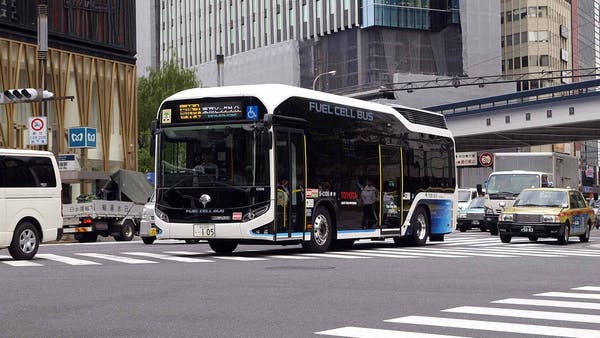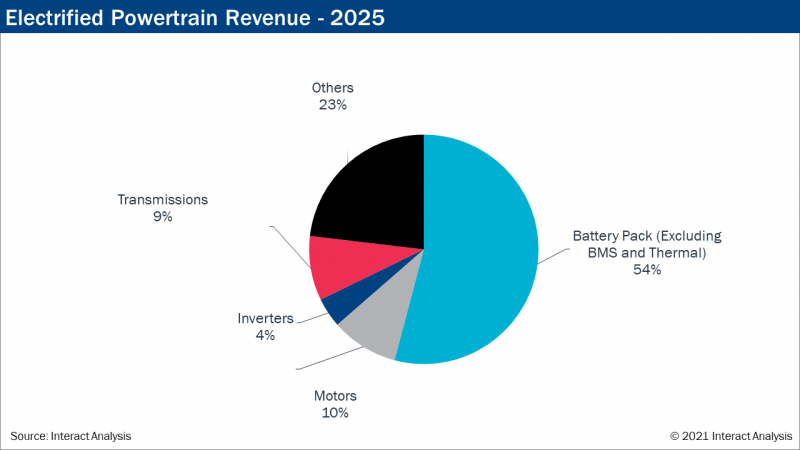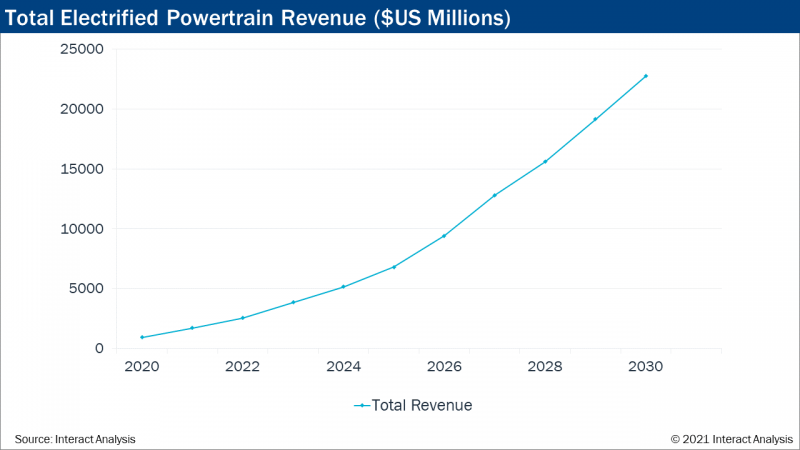According to Interact Analysis, fuel cell system prices for bus and trucks will drop by 77 percent in 10 years
Interact Analysis has recently released a report, according to which fuel cell system prices are expected to drop by 77 percent in the next 10 years. The market research is outlined in the report called Electrified Truck and Bus Powertrain Pricing and Architecture (here the link to the full document), that considers the market for […]

Interact Analysis has recently released a report, according to which fuel cell system prices are expected to drop by 77 percent in the next 10 years. The market research is outlined in the report called Electrified Truck and Bus Powertrain Pricing and Architecture (here the link to the full document), that considers the market for all powertrain types in the Europe and North America regions: hybrids, battery electric vehicles, and fuel cell electric vehicles.
In details, revenues from electrified powertrains in the truck and bus field will increase 24-fold from under $1 billion in 2020, to $6.8 billion in 2025 and then on to $22.7 billion in 2030.

Fuel cell system prices will decline dramatically
In such a scenario, the battery pack will account for over half the total revenue throughout the period for all systems (54 percent in 2025). Revenues are predicted to be much higher in the second half of the forecast period (between 2025 and 2030) as more medium and heavy-duty vehicles enter the market.
Fuel cell systems, currently found almost uniquely in fuel cell buses, cost a hefty 96,000 dollars in 2020, Interact Analysis points out. But «the research forecasts a dramatic decline in fuel cell prices out to 2030 (in $/KW) as their application spreads in a range of heavy-duty vehicles. 2030 prices are predicted to average 23 percent of the 2019 figure – a more dramatic decline than any other component in the report.

Electrified powertrains, eAxles to become much cheaper
Jamie Fox, principal analyst at Interact Analysis says: «Tough competition causes strong price erosion, and machined processes for equipment such as transmissions allow less expensive production when volumes become larger. As an example, the average cost of an eAxle was $5,000 in 2019. This will drop to $1,800 by 2030, even when we take into account the anticipated proliferation of medium and heavy-duty vehicles over the time period. So, our research tells us that the average cost of the powertrain for a full electric medium or heavy-duty truck will drop from $105,000 in 2019 to $50,000 in 2030. Interestingly, however, the overall average price for all categories of vehicle powertrain will stay flat, as these new and exciting technologies lead to more and more heavy vehicles on our roads».










